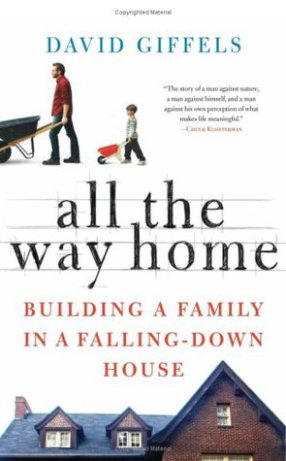 In the last year I’ve found all sorts of my outside interactions now involve texting. I get texts from the dentist affirming an appointment, texts from a furniture company making sure I was home during a delivery, and texts from AT&T wireless for my cellular billing. All these various businesses have found that texting saves them money. Yet I have only a few ISP clients that make wide use of texting. I find that a bit surprising because I can think of a number of ways that texting can be a big money saver for an ISP.
In the last year I’ve found all sorts of my outside interactions now involve texting. I get texts from the dentist affirming an appointment, texts from a furniture company making sure I was home during a delivery, and texts from AT&T wireless for my cellular billing. All these various businesses have found that texting saves them money. Yet I have only a few ISP clients that make wide use of texting. I find that a bit surprising because I can think of a number of ways that texting can be a big money saver for an ISP.
The most obvious one is that it can save from making unneeded truck rolls. Every ISP I know says that truck rolls are expensive, and there is nothing more wasteful than making a truck roll to a customer who is not at home. I’m sure that is why the furniture company made the text and they would not have tried to deliver if I wasn’t at home. Better yet, texting puts a technician into direct contact with the customer and allows them to work out a plan if a customer isn’t home.
But there is probably even a bigger savings in the way that AT&T uses texting. They send me a text each month when they bill me and invite me to view my bill online. This saves them from having to mail a paper bill – something that makes no sense to somebody like me that uses autopay to pay my cellular bill. I can’t imagine I would ever open an AT&T paper bill and they would be spending money and margin to send me one. Many of my clients tell me that today that over half of their customers pay by bank debit or credit card and there is a huge savings from not mailing paper bills to these customers.
I do have a few clients that use texting and they report some other significant savings. For example, they say that texting has greatly reduced their uncollectible billing. They say that it’s far more effective to prompt customers immediately if they are late in paying their bills, and that most customers promptly pay when reminded. That’s particularly effective if you give them an immediate opportunity to pay the bill by credit card.
But the savings that surprised me a bit is the fact that companies that allow interactive texting with customers report that they have significantly reduced the number of calls to customer service. There are a two primary issues that prompt the majority of calls to customer service – outages and billing inquiries.
I have a client who uses texts to inform customers about outages. Customers can get quickly frustrated if they don’t know what’s happening and when service will be restored. This client has tied texting into their OSS and network mapping system and can send texts to only those customers that have outages. And they can inform customers proactively of planned maintenance outages. They say this largely eliminates calls about outages and particularly works great after hours when they are not answering the phones.
Texting can also be a good way to answer a lot of billing inquiries. Texting can be a great tool for answering simple customer questions like their outstanding balance or the due date of their payment. It takes a lot less time for both the customer and the company to answer a simple question by text. This is a great way to communicate with customers (like me) who would always choose an option other than making a call and getting into a customer service queue.
There are a few issues with texting to be aware of. There are some archaic FCC rules that define requirements for when customers text you. This harkens back to the day when many people paid for each text message – something that barely exists any longer. But the rules are still in place and are something to be aware of. There are also rules about using texting as a form of marketing – again, something that can be done in a way that doesn’t violate the FCC rules.
There are a wide range of texting solutions. At one end of the spectrum your technicians can text customers from their cellphones. But in order to get all of the advantages listed above you will want a fully interactive texting platform that’s integrated into your OSS/BSS. Feel free to contact me and I can describe the best solutions on the market.
Share this:




